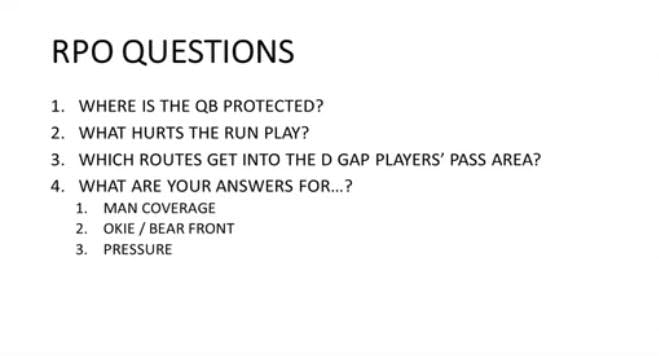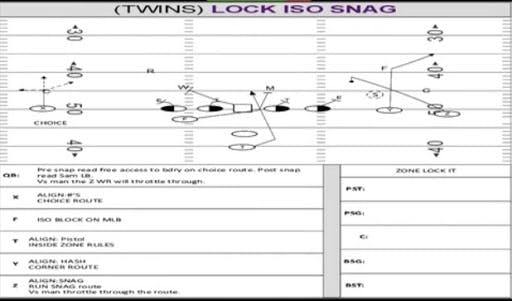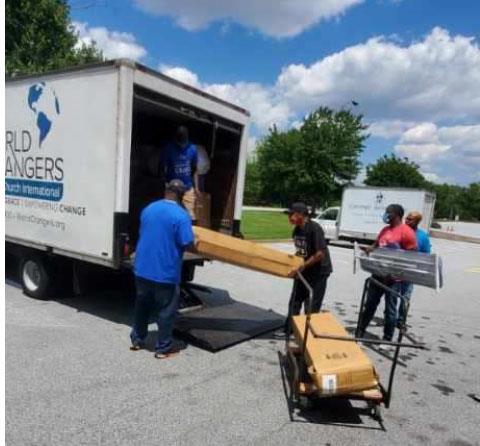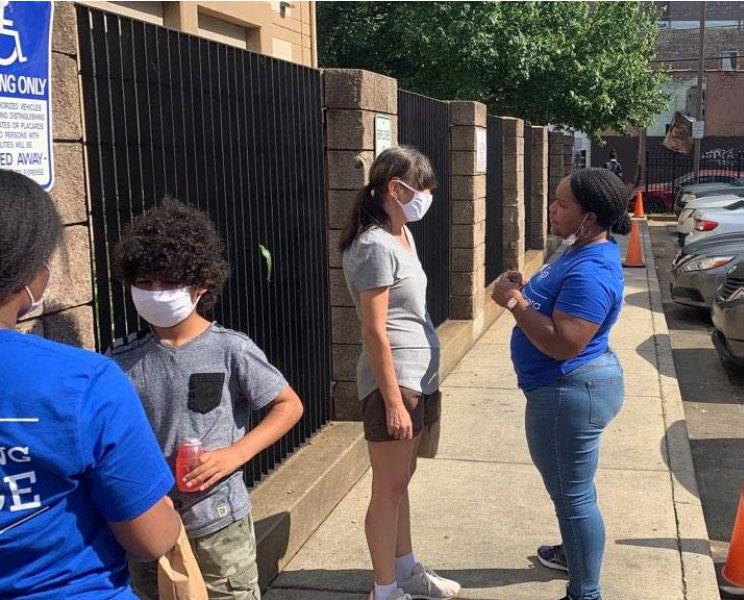How to Get Started Exercising Despite Obesity and Low Energy Levels
- Author Jordan Pete
Reasons for Low Energy Levels
Many overweight and obese people suffer from low energy levels, but this problem might not be caused by high body weight. Instead, it might actually be produced by a hormonal or emotional disorder, such as hypothyroidism, chronic fatigue syndrome, depression or similar problems. All these conditions can affect your motivation, energy levels and your weight, encouraging you to gain. Talking to a doctor can help you deal with the underlying cause and may make becoming active much easier.
You might also experience low levels of energy if your body doesn't process carbohydrates properly. This is common in people who have developed insulin resistance, pre-diabetes or type 2 diabetes. If you don't monitor your carbohydrate consumption and you have one of these disorders, you may find yourself suffering from uneven moods and periods of extreme fatigue. You might even feel dizzy or lightheaded. Some people with low energy and high body mass are also suffering from sleep disorders, such as sleep apnea, which is aggravated by a high weight and can cause extreme fatigue. Like hormonal problems, seeing a doctor can often help you overcome these problems.
Physical Barriers to Exercise
There are also physical difficulties that can make it difficult for many overweight people to enjoy regular exercise. The majority of the sedentary population suffers from poor endurance and low muscle mass, which can make conventional exercise programs exhausting and difficult, but this problem is greater for sedentary people with a high body weight. Simply moving your own body around can be tiring if you're not used to it.
You may also suffer from problems such as exercise-induced asthma, joint pain from old injuries or weight-related stresses, and an increased tendency to sweat. Exercise can be particularly difficult if you have a major physical disability that has encouraged you to gain weight. That doesn't mean you can't find an option that works for you, however.
Working around Problems
The good news is that even if you are physically disabled, suffering from extreme tiredness, or have other problems that make conventional exercise programs difficult, you can still enjoy regular physical activity. The first step is to redefine your idea of exercise.
Most people think that they have to accomplish a certain amount for it to "count" toward their physical fitness. This myth has kept a lot of people feeling uncomfortable in their own bodies, but helpless to improve their health. The truth is that any activity is good activity, and you need to scale your exercise routine to fit in with your personal fitness level. If that means walking slowly around the block or doing easy push-ups against the wall to start with, there's nothing wrong with that.
Take some time to think about the activity level you're currently comfortable with. If climbing stairs makes your knees hurt or you have trouble walking to catch the bus, you may need to pursue an alternative to the standard programs. Identify a form of exercise that makes you feel comfortable, even if it's something as simple as stepping in place during a television program or taking a walk with your kids or pets. Look for something that will get you moving and make you feel a little bit of exertion, but avoid activities that will cause you pain or leave you feeling exhausted. Try to do the same thing every day.
If you have a physical disability such as an old injury or congenital problem, don't try to force your way past it. You could end up hurting yourself even worse. Instead, design your exercise program to work around your problems. Get the help of a physical therapist or a personal trainer who specializes in your disability if you're not sure of the best way to do this. If you suffer from any significant symptoms due to your increase in activity, talk to your doctor about the problem, and make sure that he or she takes you seriously. Doctors who prescribe severe dieting instead of treating your injury are focusing on the wrong thing, and can actually be detrimental to your physical fitness.
Leveling Up
If you do even a very small amount of exercise every day, there's a good chance you'll find that it gets easier over time. When that happens, it's time to increase your level of activity. Add a light set of hand weights as you walk around the park. Shift your bicycle into a slightly lower gear, or add a step to your program of walking in place. Increase the number of sit-ups or push-ups you're doing. It doesn't matter how you increase the difficulty as long as you make sure you do it gradually and keep things within your ability. Any exercise counts, as long as it gets your heart rate up and puts a little stress on your muscles.
Over time, you'll probably find that it's a lot easier to get started. Everyone has bad days, of course, but many people also find that getting more active actually improves their energy level. For people who suffer from depression and insulin-related problems, physical activity can even reduce symptoms, making day to day life a lot easier. If you consume a balanced diet with enough calories to fuel your exercise, there's even a good chance that moderate increases in physical activity will help you reduce your weight.
You may feel like your weight or medical conditions mean that you can't get "real" exercise. This is a myth that could be seriously detrimental to your health. Instead of letting other people's extreme ideas of what fitness means hold you back, take some time to look at your own situation. Find a way to get moving that doesn't disrupt your life or make you feel miserable, and you may be surprised at the difference it can make.
Even a relatively minor increase in physical activity levels has been shown to reduce weight and help your health. While burning an extra 100 calories per day may not seem like much, it could help you drop about a pound a month, as well as lowering your blood pressure, decreasing your risk of diabetes, strengthening your joints and reducing your stress levels. As you become more fit, you can increase your workout, boosting the amount you burn.
Don't let yourself end up feeling tired and flabby when you could enjoy the benefits of a healthy workout. There's no such thing as bad exercise! Just take precautions to make sure you won't hurt yourself, tailor your workout to your personal situation, and be willing to get moving.












